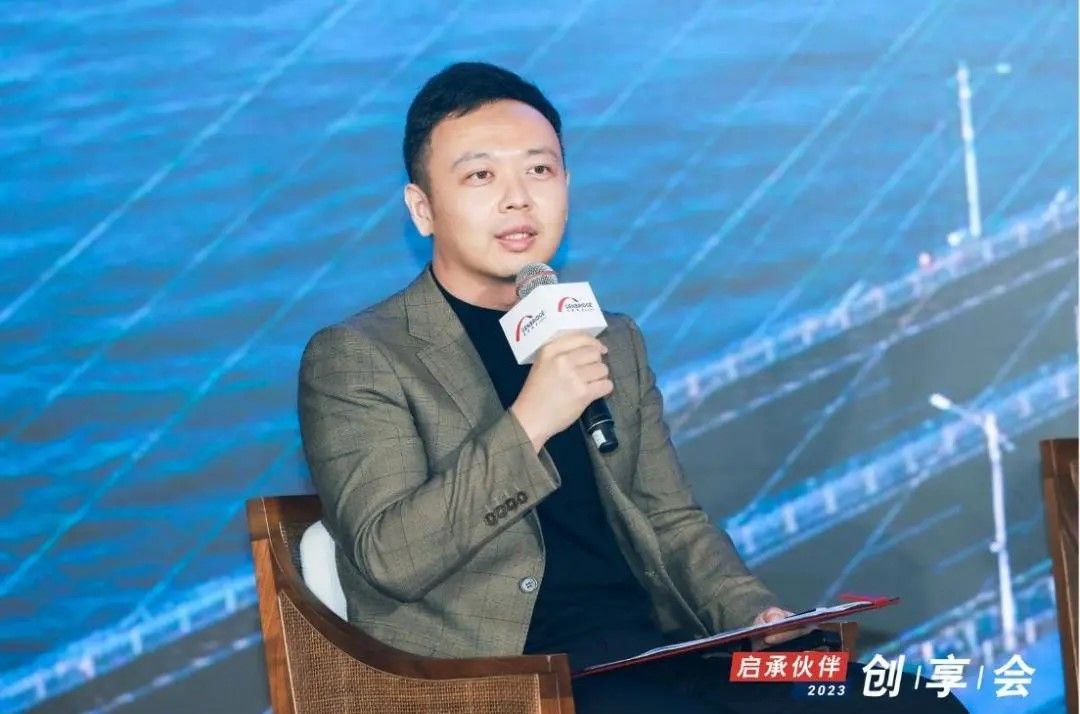Q: Use a phrase to sum up GenBridge Capital’s 2023?
“Keep watching.”
“Keep watching” includes both guarding and hoping.
To guard means to hold firmly to our entrepreneurial origin and long-term value philosophy in consumer investing, and to remain committed to our core investment strategy—focusing on "large essential consumer sectors."
To hope means expectation—for change, innovation, and for more like-minded partners.
In 2022, the entire industry was in a steep downward spiral. Everyone was wondering: where would we eventually land? Where would be the safest and most promising place to settle?
This year, we stuck to our core strength: the consumer sector. We focused on building our internal capabilities. In 2023, we’ve felt more grounded and confident.
Q: This year, GenBridge's portfolios, like Harvest and Guoquan both went public. Other portfolios such as Yeswood, Botare, and Snack Is Busy also achieved strong growth against market trends. What helped you avoid the heavily hyped “consumption upgrade” categories in recent years?
Our investment focuses mainly on two directions: “national chains” and “next-generation national brands.”
The very words “national” and “mass” indicate large-scale potential and broad market demand. But it’s worth noting that there’s only a thin line between “basic consumer demand” and “undifferentiated products.” It’s easy to end up investing in products that lack core competitiveness—or miss businesses that seem weak but actually have strong barriers. That’s why we spend a great deal of time understanding the logic behind business growth, analyzing competition, and identifying the core capabilities of these companies.
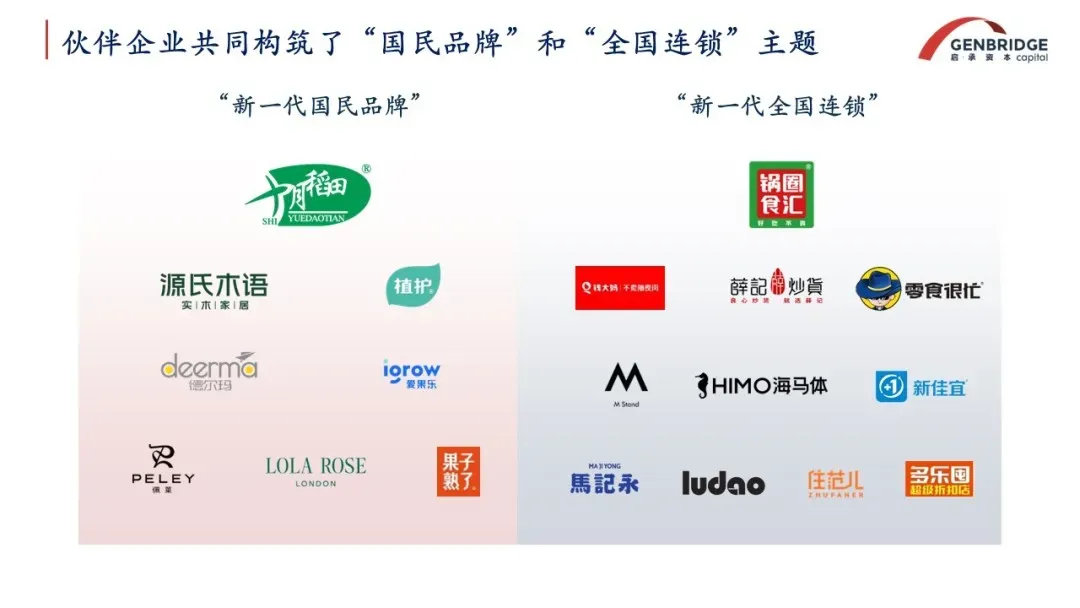
During the last wave of consumer hype, when many brands that represented new demand emerged, we observed that a lot of them only innovated on the demand side, without building any supply-side moats. When we didn’t see competitive defensibility, we often chose to wait.
Of course, in a hot market, waiting can mean missing out on valuation booms. But in hindsight, we believe sticking to our strategy, remaining objective and restrained, was the right choice for us.
Q: So every investment strategy has its limits?
Yes, every strategy has its limitations—its boundaries.
But the Chinese consumer market is big enough. At any given moment, changes in channels, media, and the supply chain bring about new innovators. New opportunities will keep emerging.
What matters most is staying within the bounds of our core competencies and continuing to build from there. We devote less than 20% of our energy each year to explore new strategies, such as earlier-stage investments, later-stage deals, or high-equity transactions.
But we don’t let exploration dominate our focus. We remain centered on the strategies we’ve validated. For any strategy, what really matters is whether it’s replicable and deepenable.
Q: How did you arrive at the two strategies of “new-generation national chains” and “new-generation national brands”?
These strategies emerged through practice and iteration, and our conviction in them has grown stronger over time.
At the beginning, we just wanted to find big, sustainable businesses. Over time, we realized that consumer companies mainly fall into two categories: brand businesses and retail businesses.
As we invested in more companies, we noticed that the faster-growing ones—those that scaled successfully—weren’t just dominating one region or channel. They had broader reach and user bases.
That’s when we refined our categorization: national brands and nationwide retail businesses.
But the idea of investing in large essential consumer markets has been part of Qicheng’s DNA since its founding.
Q: When was this core strategy formulated?
Around 2020. After years of investing and refining, the direction has become much clearer. Harvest and Guoquan’s initial investments both occurred in 2020. Those were moments when we hit the bullseye after years of calibration.
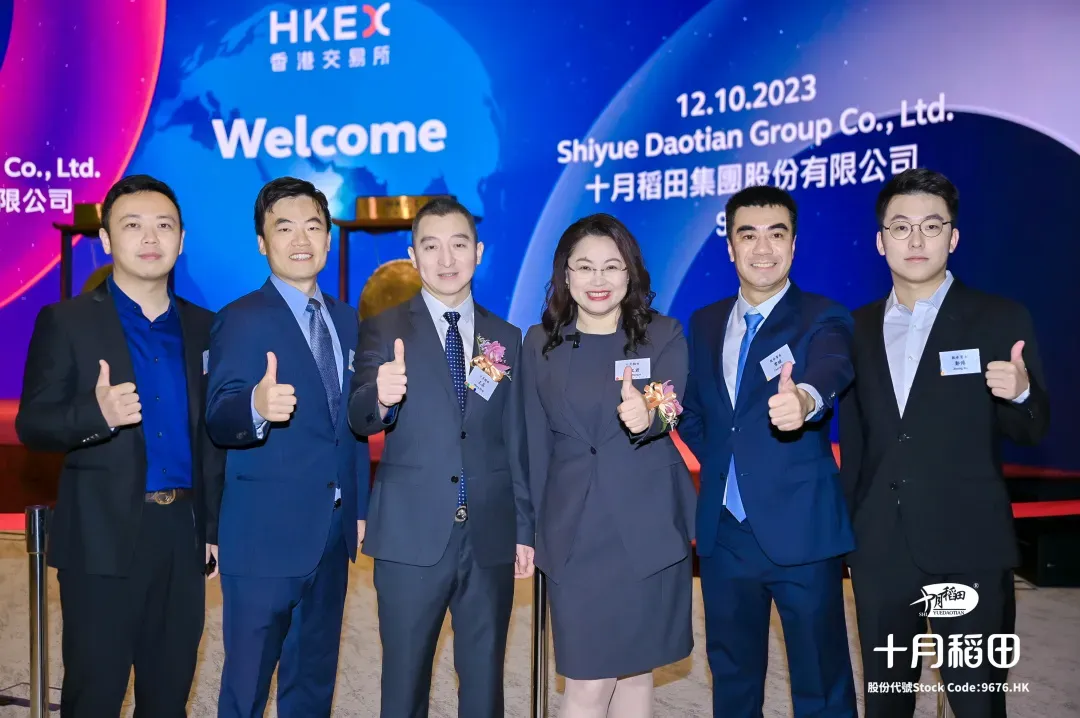
Q: What’s the question you’ve thought about the most this year?
How to better deconstruct and understand the capabilities that enable sustained growth in consumer companies.
This includes understanding how content-driven e-commerce now drives omnichannel growth online. Offline, both in F&B and retail, new players continue to emerge—how are they achieving growth against the odds? We’ve spent a lot of time analyzing these questions.
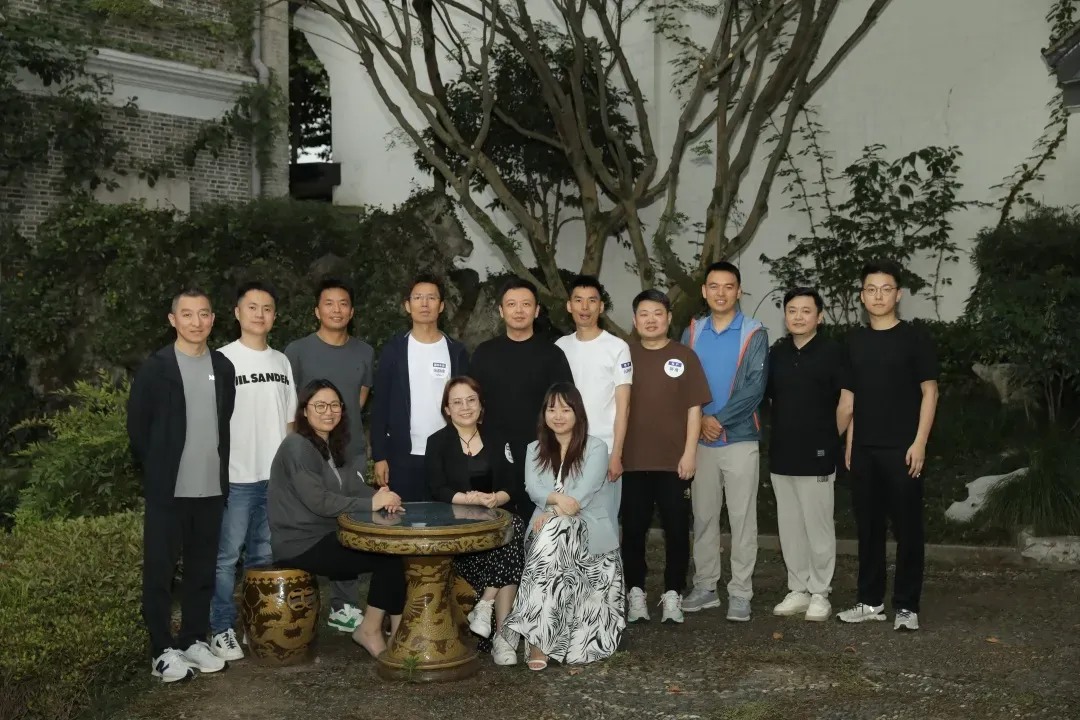
As professional consumer investors, we must identify trends earlier and more acutely than others.
Take content e-commerce as an example: when the market began to realize TikTok might become a major channel for brand creation, we were already studying its operational mechanisms—how a brand can go from 0 to 1 on TikTok, and how to scale beyond TikTok into omnichannel growth.
On one hand, we applied these insights to our portfolio companies—helping champions from shelf-based e-commerce expand into content commerce. This reshaped their growth paths.
On the other hand, in new investments, we gained a better understanding of whether a company could sustain growth beyond a single channel like TikTok.
Q: What kind of brands can succeed on TikTok?
Success on TikTok comes down to two things: good product and good content.
Good product is the foundation. Without it, no amount of content can scale—there will be no repeat purchases.
Take Botare for example. Based on user feedback on TikTok, they developed a new hanging tissue product—well-recognized and with a unique selling point. This became a growth engine on TikTok.
Meanwhile, good content acts as a multiplier. Botare has an internal content team of nearly 100 people, constantly producing and testing materials across platforms.
What makes good content? Many traditional brands assume it’s about high-quality production and founder approval—so they hire big ad firms to make “elevated” commercials.
But in the TikTok ecosystem, only content validated by user interaction counts as good.
Botare has built a system to mass-deploy content daily, then quickly identify the ones users love, and amplify those. Through continuous user engagement and outreach, they’ve grown a new category into a near-10-billion-yuan market.
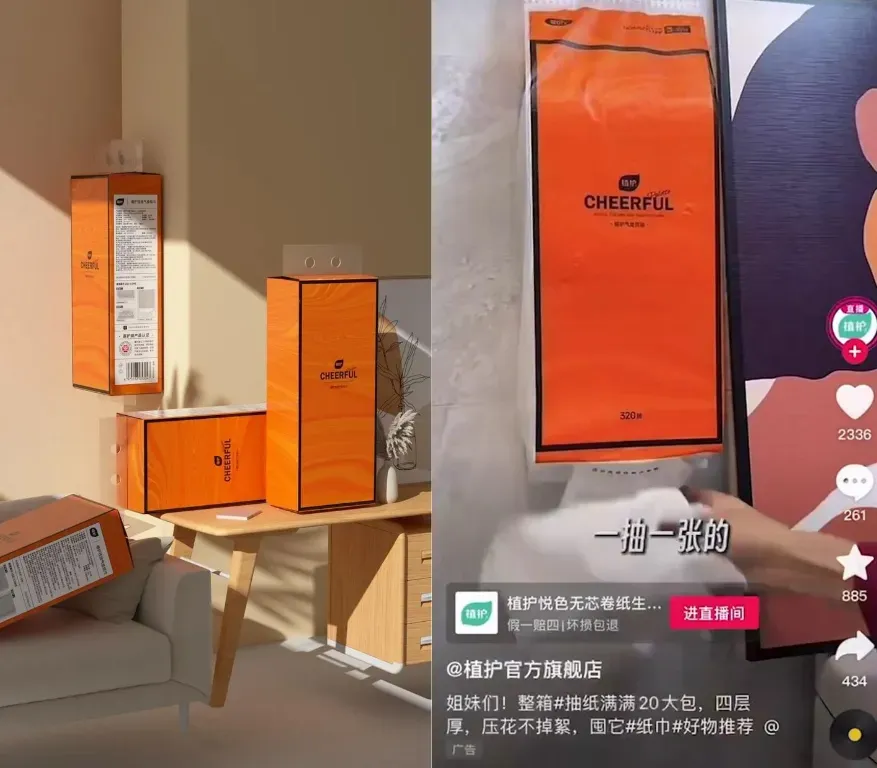
Q: Has your investment pace changed this year?
Not much. We typically invest in about three projects per year. Our focused strategy requires deep research into each company. Our team is lean, closely aligned, and deeply embedded with our core partners. That’s why we prioritize quality over quantity.
Q: What are your expectations for the market next year?
First, with stronger internal capabilities and external influence, we’ll be in a better position to capture opportunities arising from market shifts.
Second, many funds exited the consumer sector this year.
But we believe that even as capital moves to other industries, it’s not always finding top-tier assets there. Consumer remains a sector that can provide steady cash flow, solid profits, and long-term resilience.
So we believe next year, more capital will return to consumer.


